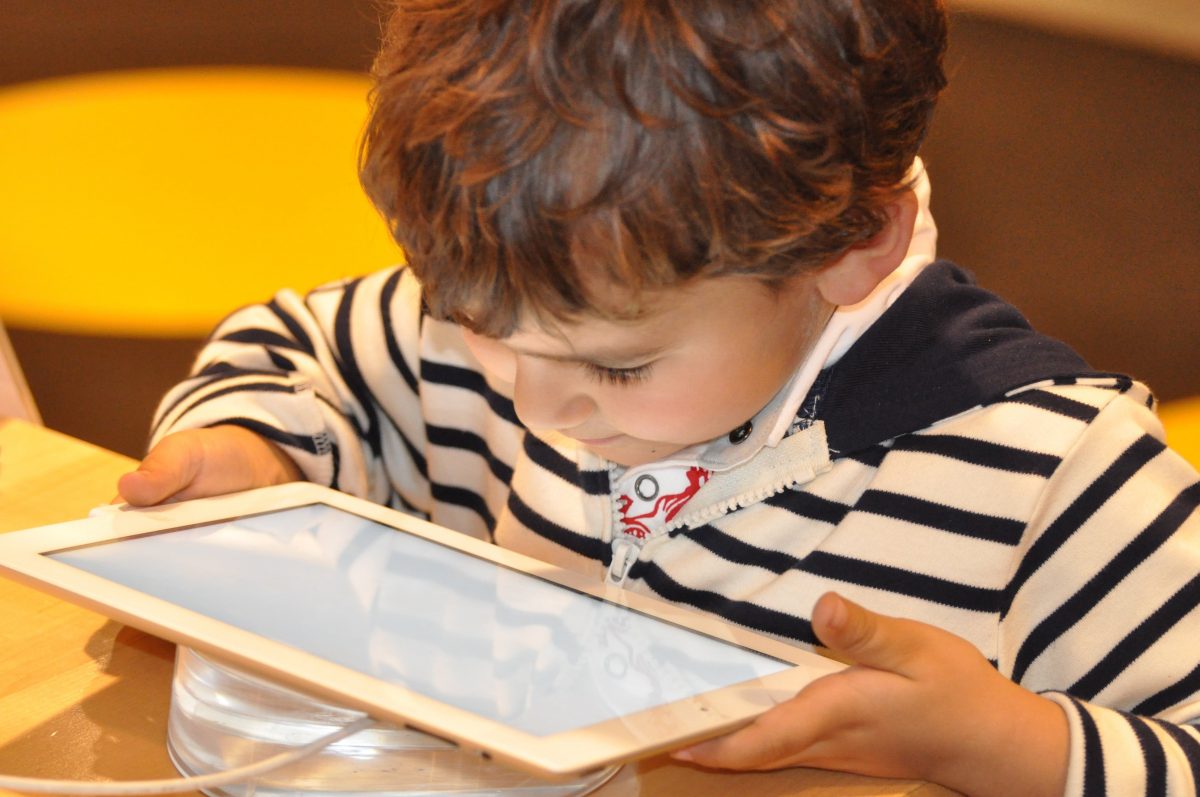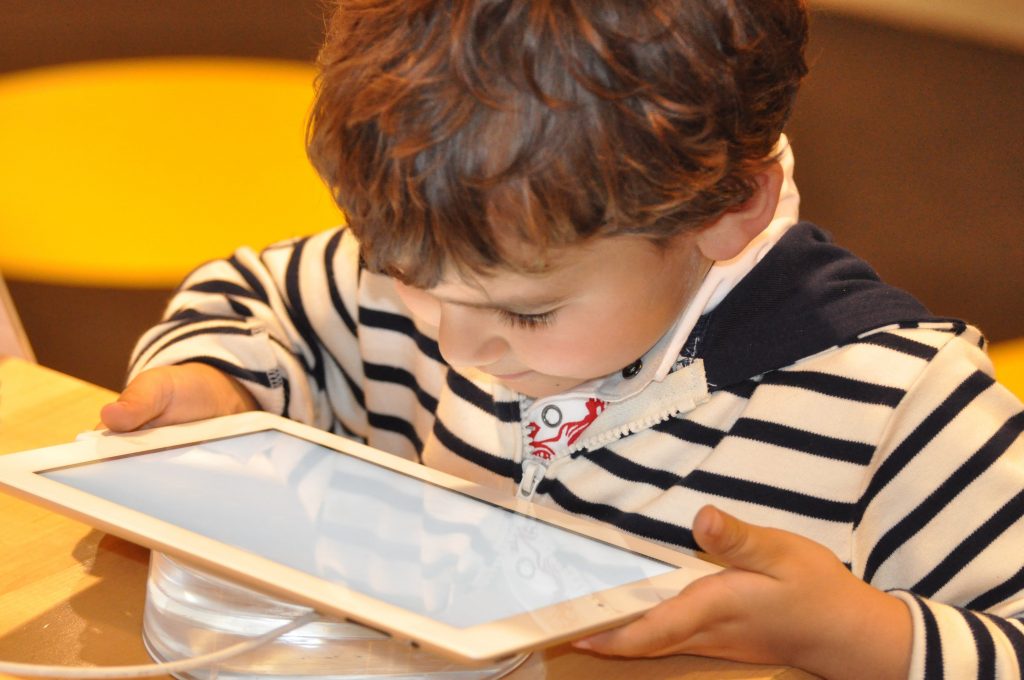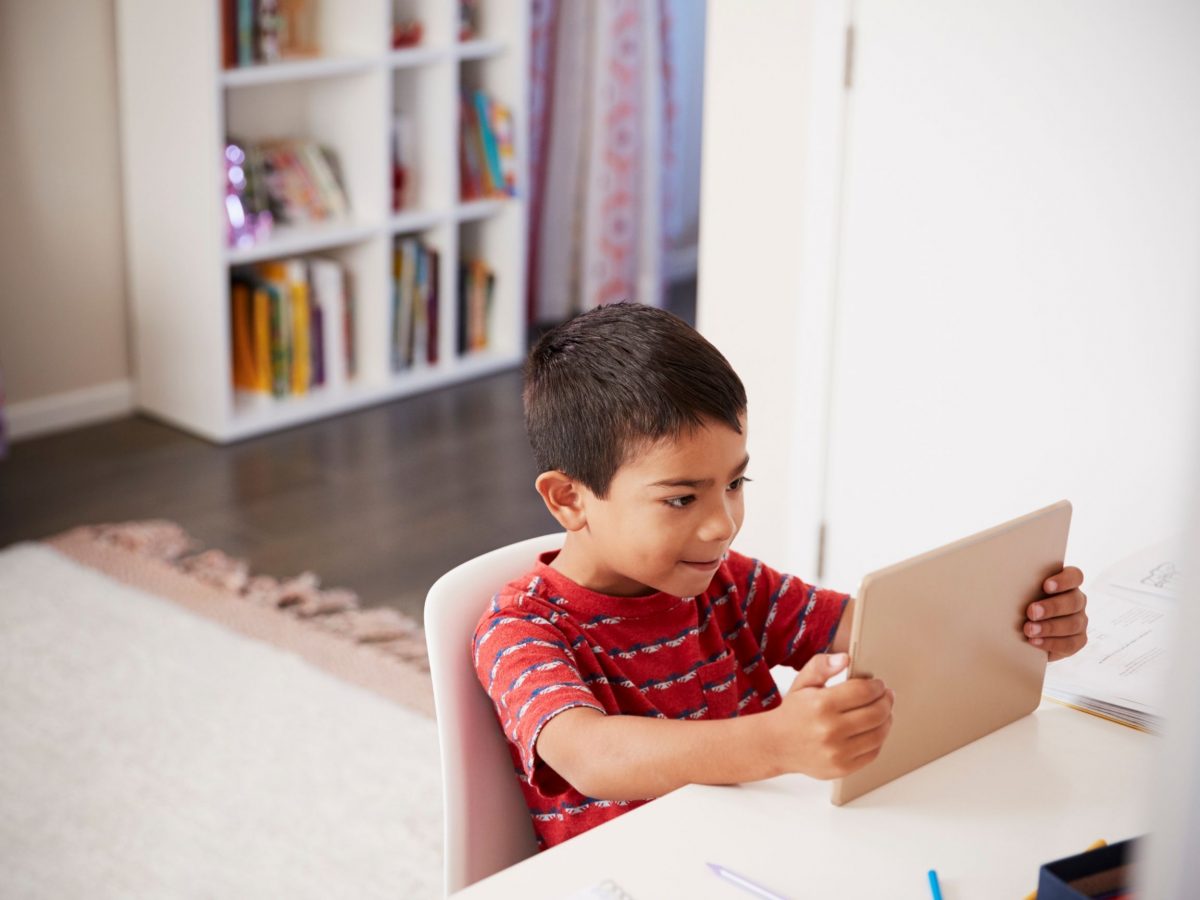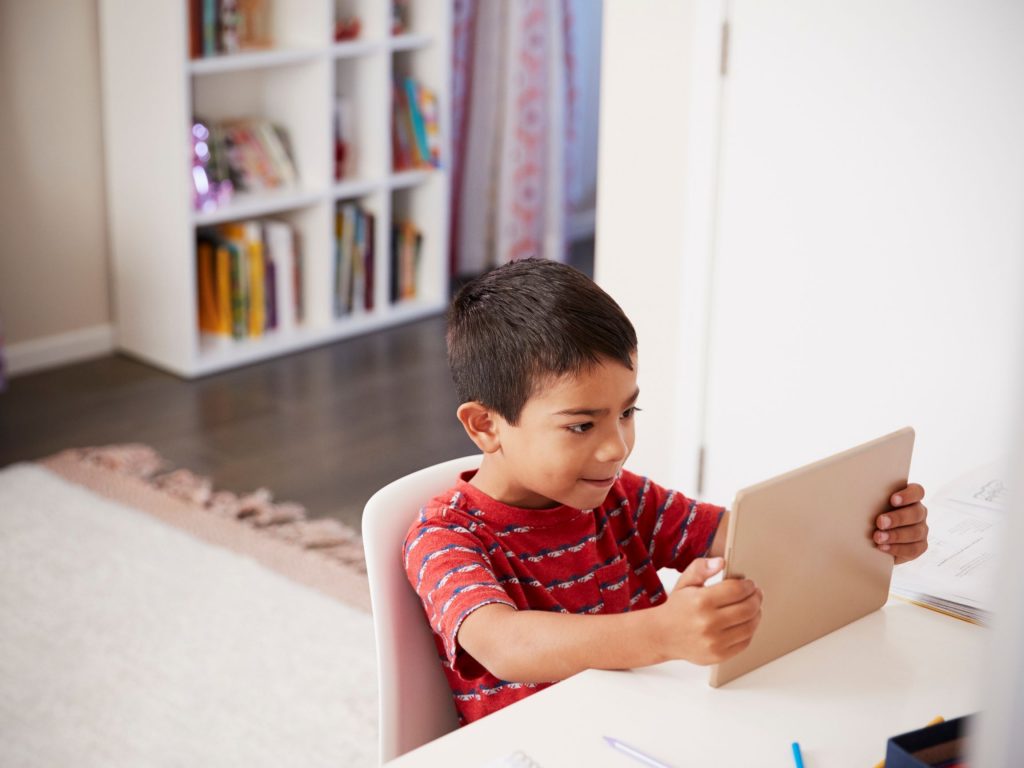
Introduction:
Choosing the right preschool and daycare for your child is an important decision that sets the foundation for their educational and social development. It’s crucial to consider various factors before making a choice. This article aims to provide parents with a comprehensive guide on selecting the perfect preschool and daycare, covering important topics such as understanding the differences between the two, exploring different types of preschool programs, age requirements, costs, and highlighting famous preschool and daycare brands in India. Additionally, we will delve into eight essential points to consider before selecting a preschool and another eight points to consider when choosing a daycare for your child.
- Understand the difference between preschool and daycare
- Research and choose a suitable curriculum.
- Ensure the facility is licensed and safe.
- Visit the facility to assess the environment.
- Check teacher qualifications and staff-to-child ratio.
- Look for extracurricular activities and learning opportunities.
- Seek recommendations and read reviews from other parents.
- Consider parental involvement and communication.
- Trust your instincts for the best fit.
60-Second Summary:
Understanding Preschool and Daycare:
Preschool: A preschool is an early childhood educational institution that focuses on preparing children aged 2-5 years for formal schooling. Preschools offer a structured learning environment that facilitates social, emotional, cognitive, and physical development through various activities and play-based learning approaches.
Daycare: Daycare centers provide supervised care for children during parents’ working hours or other specific periods. They offer a safe environment and often include activities that promote children’s development. Daycare centers cater to children from infancy to school-age, providing a nurturing and stimulating environment.
Different Types of Preschool Programs:
1. Play-Based: Play-based programs prioritize children’s learning through unstructured play activities, promoting creativity, imagination, and social interaction.
2. Montessori: Montessori programs follow the teaching philosophy of Maria Montessori, emphasizing hands-on learning, independence, and self-directed activities.
3. Reggio Emilia: Reggio Emilia programs focus on child-led learning, where teachers act as facilitators, encouraging exploration and self-expression.
4. Waldorf: Waldorf programs emphasize holistic education, incorporating artistic expression, imaginative play, and rhythm into the curriculum.
Age Requirements for Preschool and Daycare:
Preschools typically admit children between the ages of 2 and 5, depending on the program. Some preschools may have specific age requirements, such as children being potty-trained or meeting certain developmental milestones.
Daycares generally accept children from infancy to school-age, providing age-appropriate care and activities tailored to each age group.
Cost of Preschool and Daycare in India:
Preschool and daycare costs in India can vary depending on factors such as location, facilities, curriculum, and reputation. While prices can range significantly, parents should ensure that the chosen facility aligns with their budget and offers value for money. It is advisable to visit multiple preschools and daycares to compare costs and services before making a decision.
Famous Brands of Preschools and Daycares in India:
- 1. Kangaroo Kids Preschool
- 2. EuroKids Preschool
- 3. Shemrock Preschool
- 4. Kidzee Preschool
- 5. Podar Jumbo Kids
- 6. Bachpan Play School
- 7. Little Millennium Preschool
- 8. Hello Kids Preschool
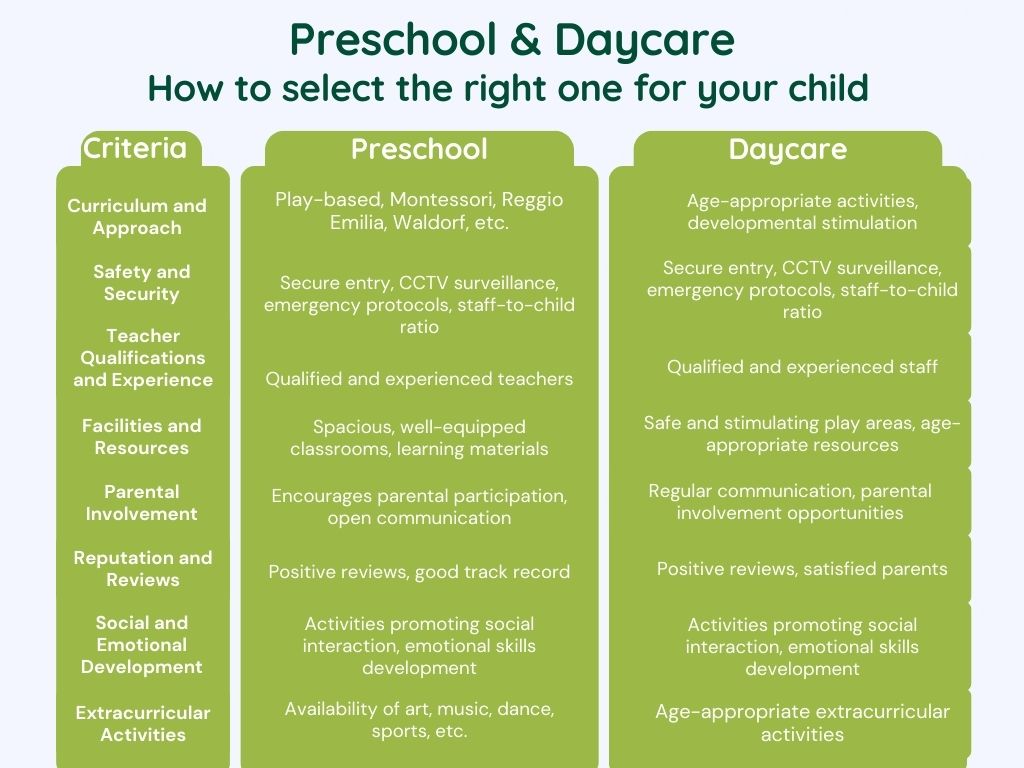
8 Points to Consider Before Selecting a Preschool:
1. Curriculum and Approach:
When evaluating the curriculum and approach of a preschool, consider the following:
- Does the curriculum focus on the holistic development of the child, including social, emotional, cognitive, and physical aspects?
- Is the approach play-based, Montessori, Reggio Emilia, Waldorf, or a blend of different methodologies?
- How does the curriculum foster critical thinking, creativity, problem-solving, and independence in children?
For example, if you value a play-based approach, look for preschools that emphasize free play, hands-on activities, and child-led learning. On the other hand, if you prefer a Montessori approach, seek out preschools that provide a prepared environment with self-correcting materials and opportunities for independent exploration.
2. Safety and Security:
Ensuring the safety and security of your child is of paramount importance. Consider the following aspects:
- Are there secure entry systems and proper supervision to prevent unauthorized access?
- Are the premises childproofed and equipped with safety measures such as fire extinguishers, first aid kits, and emergency exits?
- What are the daycare’s protocols for handling emergencies and communicating with parents during such situations?
For instance, check if the preschool has CCTV cameras installed in common areas and employs a strict visitor registration process. Inquire about how they maintain child safety during outdoor playtime or field trips.
3. Teacher Qualifications and Experience:
The qualifications and experience of teachers play a crucial role in your child’s development. Consider the following:
- Do the teachers hold relevant degrees or certifications in early childhood education?
- What is their experience in teaching young children?
- Do they receive ongoing professional development and training?
For example, look for preschools where teachers have a strong educational background in early childhood education and demonstrate a genuine passion for working with children. Experienced teachers with specialized training can provide a nurturing and stimulating learning environment.
4. Facilities and Resources:
The preschool’s facilities and resources contribute to a conducive learning environment. Consider the following:
- Are the classrooms spacious, well-lit, and organized?
- Is there a designated area for outdoor play and physical activities?
- Are there age-appropriate learning materials, books, art supplies, and toys available?
For instance, observe if the preschool has age-appropriate furniture, learning corners, and a variety of educational resources that cater to different learning styles and interests.
5. Parental Involvement:
Strong parent-teacher communication and involvement are essential for a child’s overall development. Consider the following:
- Does the preschool encourage parental participation through regular meetings, workshops, or volunteering opportunities?
- How does the preschool keep parents informed about their child’s progress, activities, and any concerns?
For example, some preschools may organize parent-teacher conferences or offer parent education sessions to promote collaboration and strengthen the home-school partnership.
6. Social and Emotional Development:
A preschool should provide opportunities for children to develop social and emotional skills. Consider the following:
- How does the preschool promote social interaction, cooperation, and empathy among children?
- Are there activities or programs that teach emotional regulation, conflict resolution, and problem-solving skills?
For instance, look for preschools that incorporate group activities, such as collaborative projects or circle time, where children learn to take turns, listen to others, and express their thoughts and feelings.
7. Extracurricular Activities:
Extracurricular activities enhance a child’s overall development and provide exposure to different interests. Consider the following:
- Does the preschool offer activities such as art, music, dance, sports, or foreign language classes?
- How frequently are these activities integrated into the curriculum?
For example, if you want your child to explore their creativity, look for preschools that prioritize art and craft activities, music and movement sessions, or drama and storytelling exercises.
8. Reputation and Reviews:
Considering the preschool’s reputation and reading reviews from other parents can provide valuable insights. Consider the following:
- What do other parents say about their experience with the preschool?
- Are there any positive reviews or testimonials available?
- Does the preschool have a good track record of alumni who have transitioned successfully to higher grades?
For instance, explore online parenting forums or speak to parents in your community who have had children enrolled in the preschool to gain a better understanding of its reputation and quality of education.
By carefully considering these eight points, you can make an informed decision that aligns with your child’s needs and provides a nurturing and stimulating environment for their early education. Remember to visit the preschool, ask questions, and trust your instincts when making the final choice.

8 Points to Consider Before Selecting a Daycare:
1. Operating Hours and Flexibility:
When choosing a daycare, consider the following factors related to operating hours and flexibility:
- Do the daycare’s operating hours align with your work schedule?
- Does the daycare offer flexible options for early drop-off or late pick-up in case of unexpected situations?
- How do they handle holidays, weekends, and vacation periods?
For example, if you work long hours or have unpredictable work schedules, look for daycares that provide extended operating hours or flexible drop-off and pick-up options.
2. Staff-to-Child Ratio:
The staff-to-child ratio is crucial for ensuring individual attention, supervision, and safety. Consider the following:
- What is the daycare’s staff-to-child ratio for different age groups?
- Does the ratio meet or exceed the recommended standards set by childcare authorities?
- How do they ensure that each child’s needs are met and that they receive adequate attention and care?
For instance, a low staff-to-child ratio ensures that each child receives personalized attention, fostering a safe and nurturing environment.
3. Safety Measures:
Ensuring the safety of your child is paramount. Consider the following aspects related to safety measures:
- Are there secure entry systems and proper supervision to prevent unauthorized access?
- How does the daycare handle emergencies, such as fire drills or medical situations?
- Do they have safety protocols in place, including childproofing measures, fire extinguishers, and first aid kits?
For example, check if the daycare has appropriate safety measures, such as childproofed electrical outlets, safety gates, and child-friendly furniture.
4. Hygiene and Cleanliness:
Maintaining a clean and hygienic environment is essential for your child’s well-being. Consider the following:
- How do they ensure proper sanitation practices, such as regular handwashing, diaper changing, and cleaning routines?
- Do they have policies in place to address health concerns, including illness prevention and hygiene protocols?
- How do they handle food preparation and mealtime cleanliness?
For instance, observe if the daycare has clean and organized diaper-changing stations, designated areas for eating meals, and policies that encourage healthy hygiene habits among children.
5. Nutrition and Meal Plans:
Proper nutrition is important for your child’s growth and development. Consider the following:
- What is the daycare’s approach to nutrition and meal planning?
- Do they provide balanced meals and snacks that cater to different dietary requirements?
- How do they handle food allergies or special dietary needs?
For example, inquire about the daycare’s menu, food sources, and how they accommodate specific dietary restrictions or allergies. Look for daycares that prioritize nutritious meals and encourage healthy eating habits.
6. Learning and Developmental Activities:
A daycare should provide age-appropriate activities that promote learning and development. Consider the following:
- What types of activities do they offer to stimulate your child’s cognitive, social, emotional, and physical development?
- Are there opportunities for creative play, storytelling, music, and movement?
- How do they foster language development, early literacy, and numeracy skills?
For instance, look for daycares that incorporate activities such as sensory play, outdoor exploration, art, and age-appropriate educational games to support your child’s learning and development.
7. Nap and Rest Time:
Proper rest and nap time are essential for your child’s well-being and energy levels. Consider the following:
- How do they establish a peaceful and comfortable environment for nap and rest time?
- Do they have designated areas or quiet corners for children to rest?
- How do they accommodate individual sleep schedules and preferences?
For example, inquire about the daycare’s naptime routines, availability of cozy nap mats or cribs, and the approach they take to ensure a calm and restful environment.
8. Parent Communication:
Effective communication between parents and the daycare is vital for staying informed about your child’s well-being and development. Consider the following:
- How does the daycare maintain regular communication with parents?
- Do they provide daily updates or progress reports?
- How do they address concerns or feedback from parents?
For instance, look for daycares that offer clear and consistent communication channels, such as daily reports, newsletters, or scheduled parent-teacher meetings. Open communication ensures that you are involved and informed about your child’s experiences and any significant milestones or challenges.
By carefully considering these eight points, you can select a daycare that aligns with your child’s needs, provides a safe and nurturing environment, and promotes their overall development. Remember to visit the daycare, speak with staff members, and observe the environment to make an informed decision that meets your expectations and ensures your child’s well-being.
Strategies and additional points to consider when checking the quality of a preschool or daycare:
1. Visit the Facility:
Schedule a visit to the preschool or daycare to observe the environment firsthand. During your visit, consider the following:
- Are the premises clean, organized, and well-maintained?
- Do the classrooms and play areas provide a stimulating and safe environment?
- Observe the interactions between teachers and children. Are they warm, nurturing, and respectful?
- Take note of the overall atmosphere and the engagement level of the children.
2. Talk to Staff Members:
Engage in conversations with the staff members, including the director, teachers, and caregivers. Ask questions to gain insights into their qualifications, experience, and approach to childcare. Some relevant questions include:
- How long have the teachers and caregivers been working at the preschool or daycare?
- What training or qualifications do they have in early childhood education?
- How do they handle behavior management and promote positive discipline?
3. Seek Recommendations and Reviews:
Speak with other parents in your community who have had experience with the preschool or daycare. Inquire about their satisfaction level and ask for any recommendations or concerns they may have. Additionally, read online reviews and testimonials to gather more information about the facility’s reputation and track record.
4. Check Accreditation and Licensing:
Inquire about the preschool or daycare’s accreditation and licensing. Accreditation from reputable organizations signifies that the facility meets certain quality standards. Licensing ensures that the facility complies with regulations and safety requirements set by local authorities.
5. Evaluate the Curriculum and Learning Materials:
Examine the curriculum and learning materials used by the preschool or daycare. Consider if they are age-appropriate, well-structured, and aligned with developmental milestones. Look for evidence of learning opportunities in different domains, such as language, math, science, and creative expression.
6. Assess Health and Safety Measures:
Ensure that the preschool or daycare has proper health and safety measures in place. Consider the following:
- Are there safety protocols for emergencies, including evacuation plans and first aid training for staff?
- How do they handle the administration and storage of medications, if necessary?
- Inquire about their policies on illness prevention, hygiene practices, and regular cleaning routines.
7. Request References:
Ask the preschool or daycare for references from current or past parents who can provide insights into their experiences. Contact these references to ask about their satisfaction level, how the facility addresses concerns, and any notable strengths or areas for improvement.
8. Trust Your Instincts:
While considering all the factors mentioned above, it’s essential to trust your instincts as a parent. If something feels off or if you have concerns that are not adequately addressed, it may be wise to continue your search for a facility that aligns better with your expectations and provides a sense of comfort and confidence. By implementing these strategies and considering additional factors, you can gather comprehensive information about the quality of a preschool or daycare. Making an informed decision based on these assessments will help you choose a facility that provides a nurturing and enriching environment for your child’s early education and care.

Things to be aware of when selecting a preschool for your child.
When selecting a preschool for your child, it’s important to be aware of potential red flags that may indicate a subpar quality or unsuitable environment. Here are some red flags to watch out for:
1. Lack of Accreditation or Licensing:
If a preschool does not have proper accreditation or licensing, it may be a warning sign of inadequate compliance with safety standards, curriculum requirements, and teacher qualifications. Accreditation and licensing ensure that the facility meets certain quality benchmarks and follows regulations set by educational authorities.
2. High Staff Turnover:
Frequent turnover of teachers and staff members can disrupt a child’s routine and negatively impact the quality of care and education. It may indicate a lack of job satisfaction, poor management, or other underlying issues within the preschool.
3. Inadequate Safety Measures:
Safety is of utmost importance in a preschool environment. Red flags related to safety may include:
- Lack of secure entry systems or lax visitor protocols.
- Insufficient childproofing measures, such as unsecured cabinets or exposed electrical outlets.
- Inadequate supervision during outdoor playtime or field trips.
- Failure to provide clear emergency procedures or inadequate staff training in handling emergencies.
4. Poor Teacher-Child Interactions:
Observe the interactions between teachers and children during your visit. Red flags may include:
- Disinterested or unengaged teachers who lack enthusiasm or warmth.
- Harsh or disrespectful disciplinary methods that do not align with positive guidance and respectful communication.
- Lack of individual attention given to children or signs of favouritism.
5. Limited Learning Opportunities:
A preschool should provide a variety of age-appropriate learning opportunities to promote development across different domains. Red flags related to limited learning opportunities may include:
- Insufficient access to educational materials, books, or manipulatives.
- Minimal or no structured learning activities that stimulate cognitive, social, emotional, or physical development.
- A heavy focus on rote memorization or excessive academic pressure without considering play-based or experiential learning.
6. Inadequate Communication with Parents:
Open and effective communication between parents and the preschool is vital. Red flags related to communication may include:
- Lack of regular updates or progress reports on a child’s development and activities.
- Inadequate response to parental concerns or difficulties in scheduling meetings with teachers or administrators.
- Limited opportunities for parental involvement or engagement in the preschool community.
7. Unsanitary or Unhygienic Conditions:
A clean and hygienic environment is essential for a preschool. Red flags related to cleanliness and hygiene may include:
- Unkempt or dirty classrooms, restrooms, or common areas.
- Inadequate handwashing practices or unsanitary food handling procedures.
- Lack of proper diaper-changing protocols or failure to maintain a safe and hygienic environment for nap or rest time.
8. Unwillingness to Provide References or Answer Questions:
If a preschool is hesitant to provide references from current or past parents or avoids answering questions related to their curriculum, teacher qualifications, or policies, it may be a red flag. Openness and transparency are essential for building trust between parents and the preschool.
It’s important to thoroughly investigate any red flags and address concerns before making a decision. Trust your instincts as a parent and consider seeking alternative options if you have significant doubts about a preschool’s quality or suitability for your child.
Kiddenz: Simplifying the Process of Choosing the Right Preschool and Daycare:
Choosing the right preschool or daycare for your child is an important decision that requires thorough research and consideration. That’s where Kiddenz, an online platform dedicated to early childhood education, can assist you. Kiddenz offers a comprehensive database of preschools and daycares, providing detailed information on facilities, curriculum, staff qualifications, and parent reviews. Here’s how Kiddenz can simplify the selection process:
– Extensive Database: Kiddenz provides an extensive listing of preschools and daycares, allowing parents to explore various options in their desired location.
– Detailed Information: Each listing on Kiddenz includes key details about the facility, such as age range, programs offered, curriculum, fees, and contact information. This information can help you gather the necessary details to make an informed decision.
– Parent Reviews: Kiddenz features reviews from other parents who have firsthand experience with the preschool or daycare, providing insights into the quality of care and educational programs. Reading these reviews can give you a sense of what to expect from a particular facility.
– Personalized Assistance: Kiddenz offers personalized assistance to parents, helping them understand their child’s unique needs, navigate the selection process, and find the best-fit option. The experts at Kiddenz can provide guidance based on your specific requirements, making your decision-making process more seamless and informed.
Conclusion
Selecting the right preschool and daycare is a crucial decision that can greatly impact your child’s early development. By considering factors such as curriculum, safety, teacher qualifications, facilities, parental involvement, and reputation, parents can make an informed choice. Whether opting for a preschool or daycare, ensuring the environment is nurturing, stimulating, and supportive of your child’s growth is paramount. Remember, each child is unique, so finding the perfect fit that meets their individual needs is essential for a positive and enriching early learning experience.

